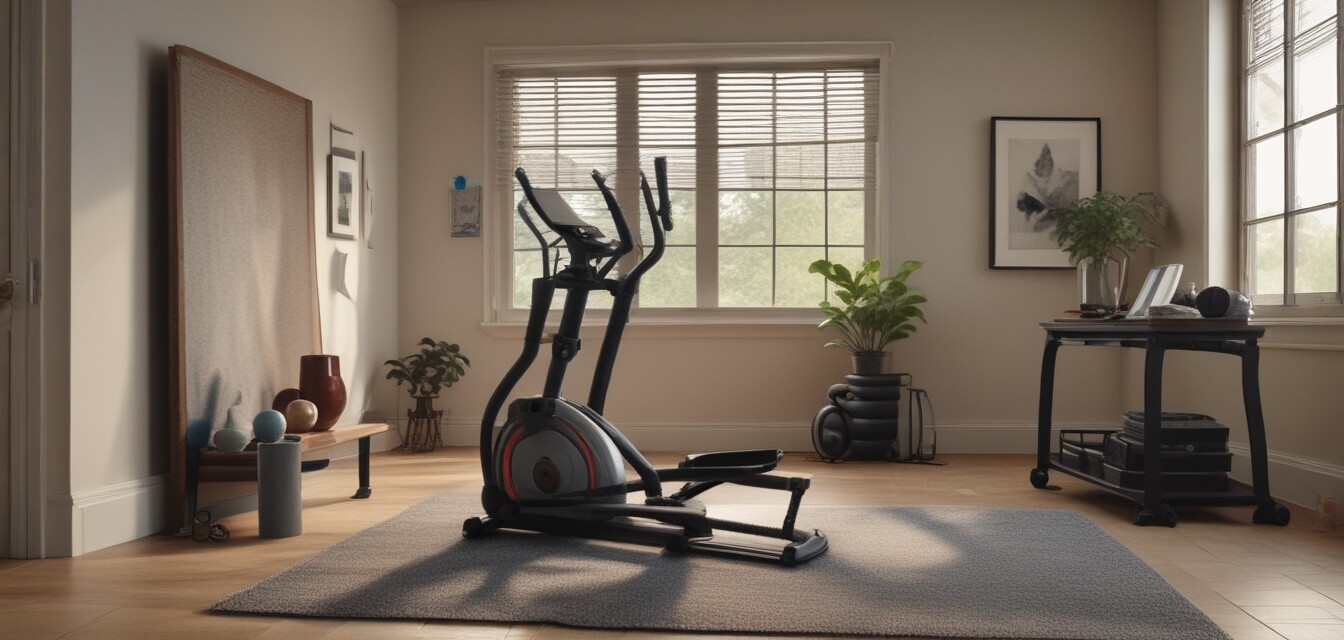
The hidden costs of owning an elliptical
- Owning an elliptical involves costs beyond the initial purchase price.
- Maintenance, accessories, and potential repair costs can add up.
- Planning for these expenses will help maximize your investment.
When it comes to fitness equipment, ellipticals are a popular choice for their low-impact workouts and versatility. However, many prospective buyers overlook the additional expenses associated with owning an elliptical. In this article, we will discuss the hidden costs you may encounter, from maintenance to accessories, ensuring you can make an informed decision.
Understanding the purchase price
At first glance, the price of an elliptical machine may seem straightforward. However, various factors contribute to the final cost, and it’s crucial to consider these elements before making your purchase.
Initial costs
- The base price of the elliptical machine itself.
- Delivery fees (if applicable).
- Assembly costs if you opt for professional setup.
Quality vs. Budget Models
Investing in a high-quality elliptical can save you money in the long run. Less expensive models may initially save you cash but could lead to higher maintenance costs over time.
Ongoing maintenance costs
To keep your elliptical in optimal condition, regular maintenance is necessary. Here are some common maintenance-related expenses:
| Maintenance Task | Frequency | Estimated Cost |
|---|---|---|
| Lubrication of moving parts | Every 3 months | $15 - $30 |
| Replacement of worn-out parts | As needed | $50 - $200 |
| Professional tune-ups | Annually | $100 - $150 |
Regular maintenance not only prolongs the life of your machine but also ensures a smooth and effective workout experience.
Accessories you may want to consider
Investing in the right accessories can enhance your workout experience. However, these costs can add up quickly. Some essential accessories may include:
- High-quality workout mat: $20 - $50
- Resistance bands: $15 - $30
- Heart rate monitor: $30 - $100
- Water bottle holder or workout towel: $10 - $20
Potential repair costs
Even with regular maintenance, unexpected repairs can occur. These costs can vary widely based on the issue. Here are some examples of common repair costs:
| Repair Issue | Estimated Cost |
|---|---|
| Motor replacement | $250 - $500 |
| Console or display repair | $100 - $300 |
| Pedal replacement | $30 - $100 |
Understanding and anticipating these costs will help you prepare for any maintenance or repairs needed as time goes on.
Storage and space considerations
While not a direct financial cost, the space your elliptical occupies can present challenges. Consider the following:
- Your available workout space should be spacious enough for efficient use.
- Consider the cost of additional storage solutions (like a dedicated workout space or shelving) to manage other fitness-related items.
Reducing long-term costs
By taking specific steps, you can minimize your overall costs associated with owning an elliptical:
- Conduct regular maintenance checks to catch potential problems early.
- Invest in higher-quality equipment to reduce repair frequency.
- Consider purchasing accessories as you need them to avoid unnecessary spending.
Conclusion
While owning an elliptical offers numerous fitness benefits, it’s essential to be aware of the hidden costs involved. By planning for maintenance, repairs, and accessories, you’ll ensure a more enjoyable and financially sound ownership experience. For more insights into ellipticals, check out our Buying Guides for more tips on making informed decisions and maximizing your investment.
Pros
- Provides an effective low-impact workout.
- Variety of exercise options to keep you engaged.
- Fewer injuries compared to running.
Cons
- Hidden costs like maintenance and accessories.
- Repair costs can arise unexpectedly.